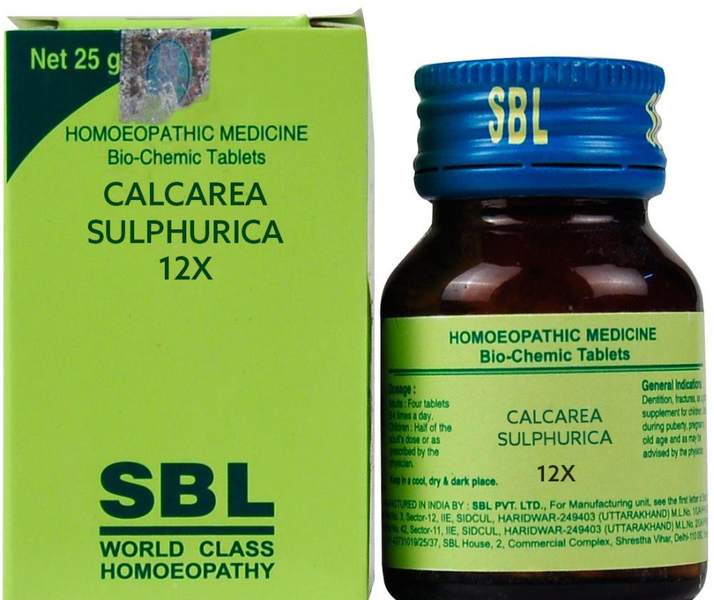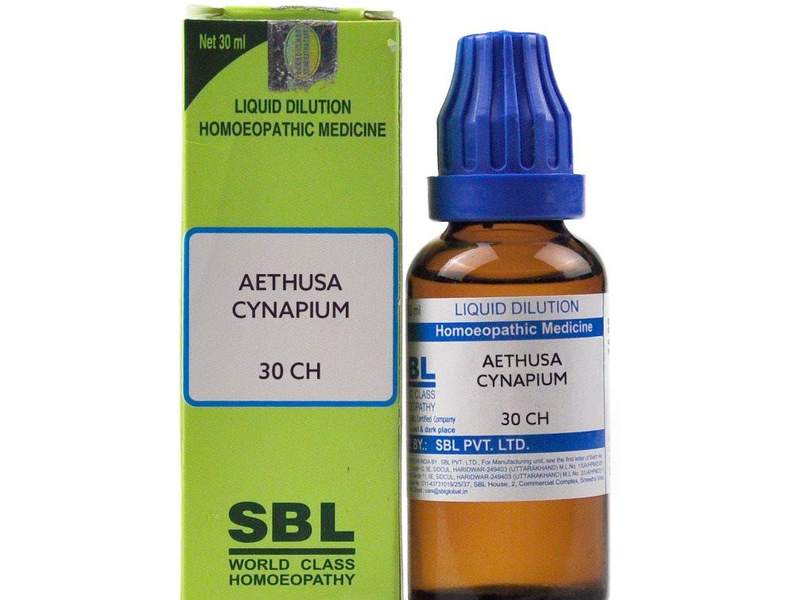Calcarea Phosphorica 30c Uses, Benefits – Calcarea Phos Uses
₹1,611.00 Original price was: ₹1,611.00.₹1,082.00Current price is: ₹1,082.00.
- Delayed development. Milestones delayed
- Headache in school going children
- Delayed closure of fontanelles
- Desires smoked meat, ham, bacon, salami, salty food, sweets, ice cream
Source: Mineral Kingdom
Synonyms: Calcium phosphate, Phosphate of lime
Prover: Dr Constantine Hering and Dr W.H Schussler
Duration of Action: Upto 60 days
Miasmatic Background: Psora
Temperament: Irritable and nervous
Diathesis: Scrofulous, gouty, haemorrhagic and rickety
Thermal Relationship: Very chilly patient
Introduction and History: This remedy belong to the twelve tissue remedies. It is somewhat similar to Calcarea carbonica and Phosphorus. It is a great remedy for defective nutrition. Hence, it is often used for children who are predisposed to glandular and bony diseases, slow development of teeth and spinal Curvature.
Description: This is a white amorphous powder, which is odourless and tasteless. It is stable in air. It is almost insoluble in water and is decomposed slightly by boiling water. It is insoluble in alcohol, but is easily soluble in dilute HCL or HNO3, It is commonly obtained by purifying bone ash.
Preparation: Triturations of precipitated phosphate of lime are prepared with sugar of milk as directed in our pharmacopoeia.
Constitution and Physiognomy
- It is best suited to people having a dark complexion, eyes, hair and pale face.
- Persons are thin, sunken, have a flabby abdomen, soft bones, an enlarged head and a weak and emaciated neck.
Ailments From: Getting wet, grief, overstudy, disappointed love, bad news, fear, dentition.
Seat of Action (Pharmacodynamics): Nutrition, glands, bones, blood, lungs, skin, heart, female genital organs, mind, breast, lungs, digestive system, teeth, etc.
Physio-pathological Changes (Pathology)
- It acts upon the vegetative system, exciting moderately the functions of secretion and absorption, resulting in a condition of impaired nutrition of all organs.
- It acts on glands causing induration and swelling.
- It has a special affinity for the mucous membranes, the fibrous system and the nervous and lymphatic systems of the abdomen.
- It acts on deep muscles producing abscesses.
- Calcarea phosphorica helps in the formation of bones and teeth.
- Its deficiency causes rickets in children; osteoporosis and osteomalacia in old age, paraesthesia, convulsions, opacity of lens, calcification of basal ganglia, tropical ulceration and fungal infection of skin, bleeding disorders and curdling of milk, positive Chvostek’s sign, Trousseau’s sign and tetanic seizures.
- It acts on bones producing swelling, softening and bending of bones. It is a definite stimulant to the periosteum.
Characteristic Mental Symptoms (Psychology)
- Feel complaints more when thinking about them.
- Wishes to be at home, and when at home, to go out.
- Involuntary sighing, always wants to go somewhere.
- Mental confusion, very forgetful, confused and low spirited.
- Dullness with heaviness; headache worse from physical exertion.
- Irritable without cause; peevishness and obstinacy.
- Writes wrong words or same word twice.
- Difficulty in performing intellectual operations.
- Anxiousness, anxiety in the pit of the stomach of children.
Characteristic Physical Guiding Symptoms
Discharges: Thin, watery, albuminous like the white of an egg.
Tongue: Swollen, numb, cracked with blisters at the tip.
Taste: Sweetish or bitter taste in the morning.
Coldness: General coldness of the body; lack of animal heat; cold limbs with disordered digestion; cold occiput, chill runs up the back, tendency to perspiration.
Weakness: Great weakness and prostration, both mentally and physically. Weakness runs all through the remedy.
Sensitiveness: Great sensitiveness to take cold and coryza; cannot tolerate cold in any form. Coryza is psoric in origin and chronic in nature.
Cravings: Great desire for salted and smoked meats, bacon, etc.
Perspiration: Profuse sweating from the head during sleep, mostly at the back of the head and neck or chest. General coldness of the body, lack of animal heat.
Malassimilation: Malnutrition and malassimilation causes emaciation, pit of stomach swollen; sunken, flabby abdomen; neck slender; child looks old and wrinkled. Skin is dry and cold.
Defective bone development: Imperfect ossification, defective formation of bones, swelling and softening of bones. Difficulty in learning to walk or stand, difficult dentition, fontanelles remain open for a long time.
Congestion: Congestion of head; sometime head is hot; external coldness and internal heat.
Glandular affections: Inflammation and induration of glands – parotid, facial, cervical, inguinal, maxillary, etc.
Ulceration: Ulcers with induration. Cancerous ulcers which burn and sting. Every injury tends to ulceration.
Stiffness and cramps: Stiffness all over the body; stiffness in joints. Cramps and contraction of limbs.
Dentition: Difficult and delayed dentition with characteristic head sweat and open fontanelles.
Cough: Cough during dentition, contraction of chest and difficult breathing; suffocative cough better by lying down.
Hunger: Unusual hunger at 4 pm.
Leucorrhoea: Leucorrhoea like the white of an egg. Worse in the morning.
Fistula, fissure: Fistula, alternating with chest symptoms; occurs in those who have pain in joints with every spell of cold.
Numbness: Crawling and numbness in parts affected with rheumatism. Crawling in genitals.
Sexual organs: Erection while riding in a carriage without desire. Shooting through the peritoneum into the penis.
Menses: Menses too early, excessive and bright in girls; sometimes dark, with violent backache. Nymphomania.
Dyspepsia: Dyspepsia where pain is relieved by passing wind and
temporarily relieved by eating.
Important Characteristic Features
Baby: Baby is self-willed, obstinate and cries persistently. Baby is fair, has a red face and is flabby. The abdomen is swollen and sunken. The head is large and the bones are weak and soft. They develop slowly hence they are late in learning to walk. The fontanelles and sutures remain open for a long time. Dentition is difficult and delayed. Mentally, the baby is very peevish and fretful; wants to go home and when at home wants to go out. Big head, neck is weak, weak spine and disposed to curvature. The baby suffers from diarrhoea which is watery, greenish, slimy, foetid and hot, containing undigested food particles. There is intense craving for salted and smoked meats.
Anaemia: Marasmus is a disorder occurring very early in life. The child eats well and the food stuff is nourishing, yet the child gradually looses weight. They are children coming out of sycotic parents. We have to look after them at once.
Scrofula or rachitis: Weak; bloodless; sunken abdomen; slow dentition and learning to sit, stand and walk. The development of mental faculties are all late.
General Modalities
Aggravation: Exposure to damp cold, changeable weather, east winds, melting snow, mental exertion, thinking about complains, pressure of a hat.
Amelioration: In summer, warm dry atmosphere, lying, after supper, passing wind.
Remedy Relationships
Complementary: Hep, Ruta, Sulph. Zinc.
Precedes well: Ars, Chin, Iod, Merc.
Follows well: Rhus-t, Sulph.
Comparison
In newborns, bleeding from the navel: Abrot, Calc-p.
Slow union of fractures: Calc-p, Symph.
Unable to hold head up: Abrot, Aeth, Calc-p.
Feels complaints more when thinking about them: Calc-p, Helon, Ox-ac.
Debility remaining after acute diseases: Psor, Calc-p.
Dosage
- 3x to 200 potencies.
- Low triturations in bone diseases and on biochemic indications.
- High potencies for characteristic and constitutional symptoms.
Repetition: Bears frequent repetition well.
Therapeutic Value: Abdominal disorders, Anaemia, Ankle weakness, Back weakness, Bone affections, Brain fag, Brights disease, Chorea, Cretinism, Debility, Epilepsy, Fistula, Gonorrhoea, Leucorrhoea, Menstrual troubles, Respiratory affections, Rheumatism, Rickets, Skin affections.
Related products
Homeopathic Medicine
Homeopathic Medicine
Homeopathic Medicine
Homeopathic Medicine
Homeopathic Medicine
Asafoetida Homeopathy Benefits, Uses – Asafoetida 30 Homeopathy Medicine
Homeopathic Medicine
Argentum Nitricum Materia Medica – Argentum Nitricum 30 Uses
Homeopathic Medicine
Antimonium Crudum ( Antim Crud ) – Antimonium Crudum Materia Medica
Homeopathic Medicine











